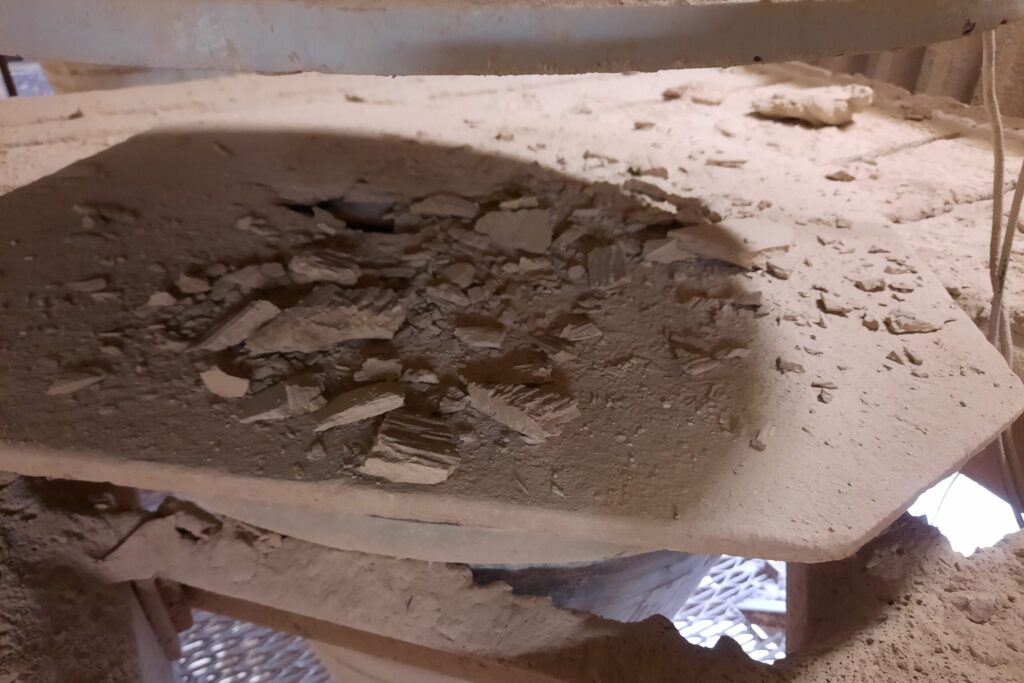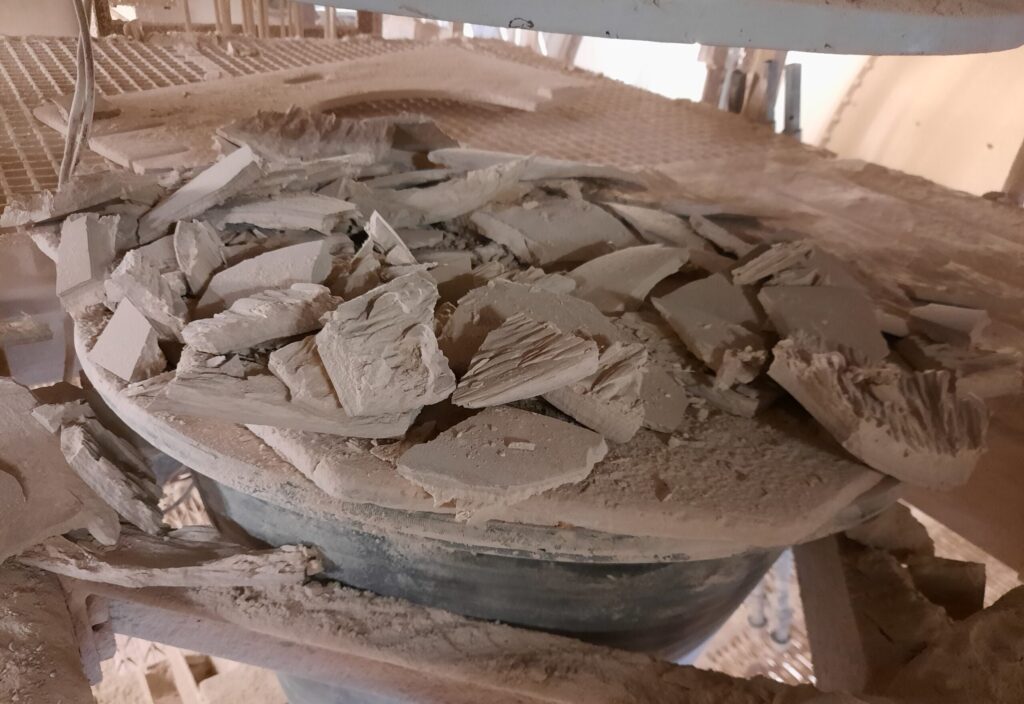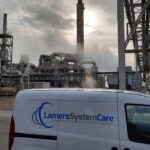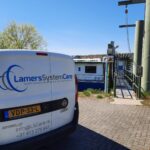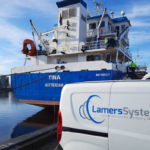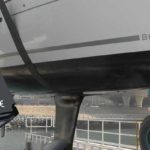Scaling (inorganic and organic hard deposits) is a common problem in the industry. It can cause blockages in pipework or other systems. This, in turn, can lead to a lot of (often unexpected) maintenance and a temporary production stop. It also keeps many R&D departments busy trying to improve internal production processes.
At a fertilizer manufacturer in Europe, cyclones are used to separate dust from air by means of cylindrical airflows. During a product change, the warmer air reaches a temperature below the dew point, causing the dust to stick to the wall of the cyclone. This forms a thin layer that then hardens. Because a product change takes place several times a day, multiple layers quickly form on top of each other. The cyclones need to be cleaned every 4 weeks. During an inspection, the ‘growth rings’ (comparable to tree rings) could literally be counted.
Cleaning the cyclones is also a risky task. A number of employees have to deliver blows with a heavy mallet to bring the cyclone into resonance. Once in resonance, the scaling slowly begins to detach. In addition, the cyclones are located on a floor where it is not possible to stand upright. This naturally demands a lot from the human body, which can result in chronic physical injury.
This is one of the main reasons to look for alternatives. The company has enlisted the help of LSC to tackle the problem in an environmentally friendly, sustainable way.
By introducing minuscule ultrasonic vibrations, the dust is prevented from adhering. It sticks to the inside of the cyclone, but comes off easily in large chunks by tapping it lightly with the hammer twice. The untreated cyclone, on the other hand: only after hitting it at full strength for fifteen minutes does this result in pulverized scaling and a relatively clean, but damaged cyclone.
In addition to the fact that it hardly costs any work to clean the cyclone, this also extends the lifespan of the cyclone that is being hit.
